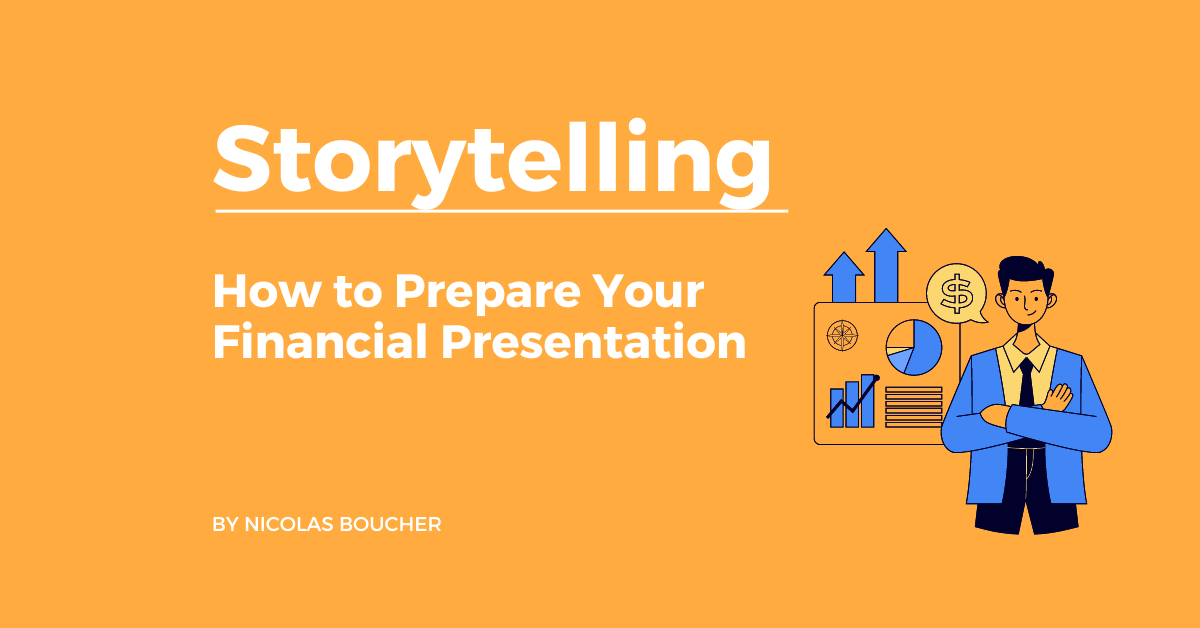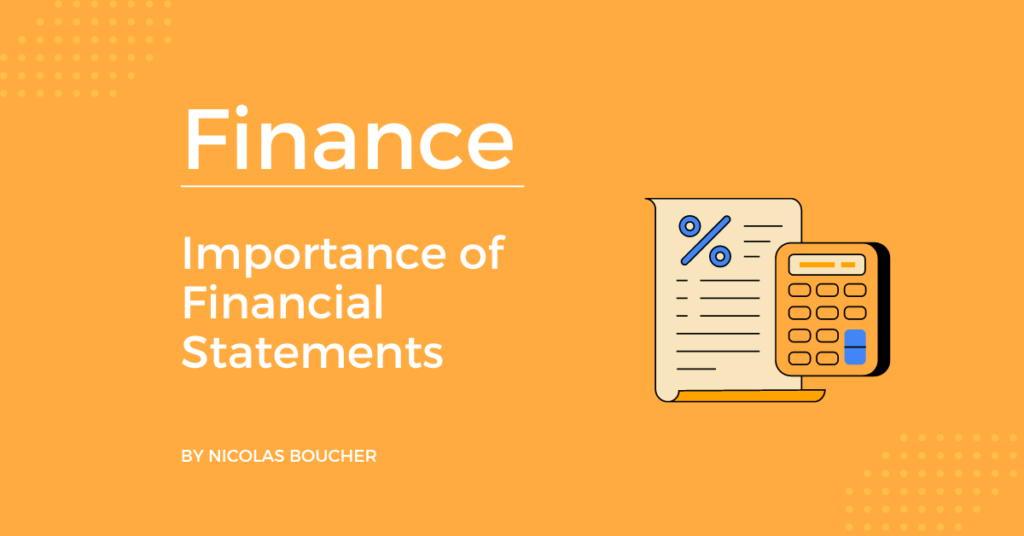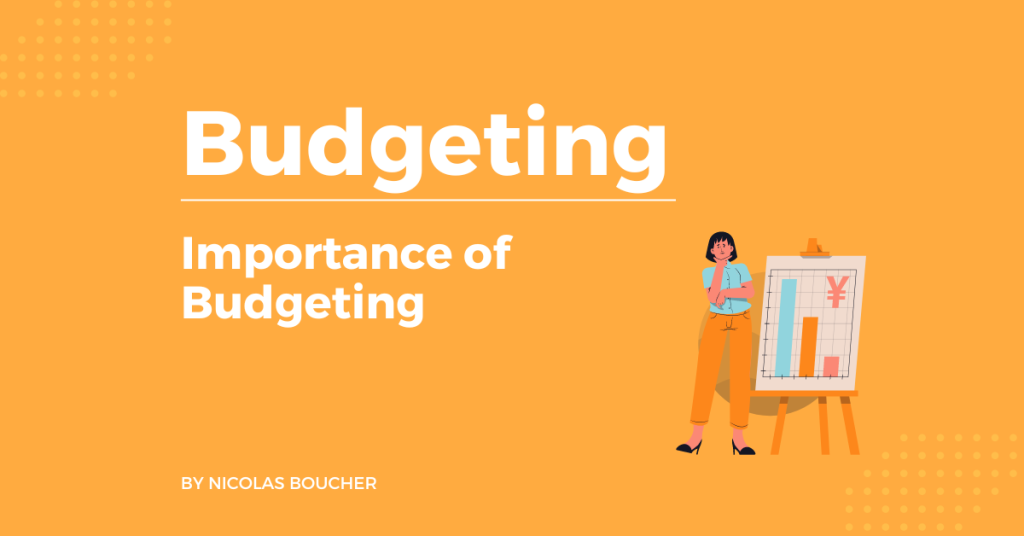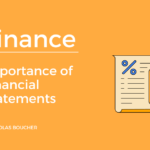Preparing an effective financial presentation is essential for conveying financial information, highlighting key insights, and influencing decision-making.
No matter, if you are presenting to the board of directors, investors, or stakeholders, mastering the art of financial presentation, anyways it is crucial.
Learn the steps to master for a successful presentation and start creating high-quality financial presentations!
Table of Contents
Importance of Financial Presentation for Storytelling
Financial presentations go beyond numbers and data; they are an opportunity to tell a compelling story that engages and informs your audience.
By effectively presenting financial information, you can paint a clear picture of your company’s financial health, growth prospects, and investment opportunities.
Moreover, here’s why financial presentation plays a vital role in storytelling:
- Engaging your audience: A well-crafted financial presentation captures the attention of your audience and keeps them engaged throughout the session. Also, by using storytelling techniques, you can create a narrative that resonates with your listeners and helps them connect emotionally with the financial data.
- Providing context: Financial data alone may be overwhelming for some audience members. A financial presentation allows you to provide context, explain the significance of the numbers, identify trends, and highlight key insights. Furthermore, this context enables your audience to understand the story behind the data.
- Supporting decision-making: Effective financial presentations help decision-makers grasp the implications of financial information and make informed choices. By presenting data in a clear and meaningful way, you empower your audience to evaluate risks, assess opportunities, and align their decisions with strategic goals.
Steps to Master for Financial Presentation
Here are the steps to deliver an extraordinary financial presentation:
#1 Step: Gather Your Financial Data
Begin by collecting all the necessary financial information to create a comprehensive presentation.
This includes financial statements such as income statements, balance sheets, and cash flow statements.
Additionally, gather any supporting documents such as financial projections or budgets that provide additional context and insights.
#2 Step: Analyze The Data
Take a deep dive into the financial data and analyze it thoroughly.
First, identify key patterns, trends, and anomalies.
Then, consider how the financial information may impact the company’s future and identify the most critical points to emphasize in your presentation.
#3 Step: Create An Outline
Organize your presentation by creating a clear and logical outline.
Start with an introduction that sets the stage and presents the purpose of your presentation.
Afterward, outline the main points you want to address and establish a coherent flow of ideas.
Consequently, consider the sequence in which you want to present the information to ensure a smooth and logical progression.
#4 Step: Create Your Presentation
Using your outline as a guide, develop your financial presentation.
Incorporate visuals such as charts, graphs, and infographics to enhance clarity and illustrate key points effectively.
Additionally, use concise and impactful language, focusing on the most critical information.
Lastly, remember to strike a balance between providing sufficient detail and avoiding overwhelming the audience with excessive data.
#5 Step: Practice
Practice is key to delivering a confident and polished presentation.
Therefore, rehearse your presentation multiple times, focusing on your delivery, timing, and overall flow.
Also, pay attention to your tone of voice, physical expressions, and non-verbal cues.
Consider seeking feedback from a colleague or mentor to fine-tune your presentation and gain valuable insights.
#6 Step: Present
On the day of the presentation, approach it with confidence and poise.
Engage your audience, maintain eye contact, and deliver your message with clarity and conviction.
In addition, address any questions that arise during the presentation promptly and concisely.
Remember, effective communication extends beyond the slides; your delivery and ability to connect with your audience are equally important.
#7 Step: Answer Questions
During the presentation, be prepared to answer any questions the board or audience may have.
Moreover, actively listen to the questions, respond thoughtfully, and provide additional clarification if needed.
This interaction demonstrates your expertise and builds trust with your audience.
#8: Step: After the Presentation
After your presentation concludes, follow up on any action items or discussions that arose during the session.
Finally, stay proactive in providing updates on the financial information you presented, ensuring the board or relevant stakeholders are informed of any changes or developments.
Final Words – Knowledge Is Nothing without Presentation
Preparing a successful financial presentation requires careful planning, attention to detail, and effective storytelling techniques.
By capturing your audience’s attention, providing context, and supporting decision-making, a well-crafted financial presentation can make a lasting impact.
Mastering the steps of gathering data, analyzing it, creating an outline, designing the presentation, practicing, delivering confidently, and addressing questions enables you to deliver compelling financial presentations that drive understanding and facilitate informed decision-making.
Take your financial presentations to the next level with ChatGPT! Choose this practical guide to learn how.
In the end, do you want to become an independent finance leader? Then, this is the perfect course for you! You will transform your career in no time and increase your income!
Key Takeaways
- Engage your audience and tell a compelling story through your financial presentation.
- Provide context to help your audience understand the significance of the financial data.
- Support decision-making by presenting data in a clear and meaningful way.
- Practice your presentation to enhance your delivery and build confidence.
- Follow up after the presentation to address any action items and keep stakeholders informed.











